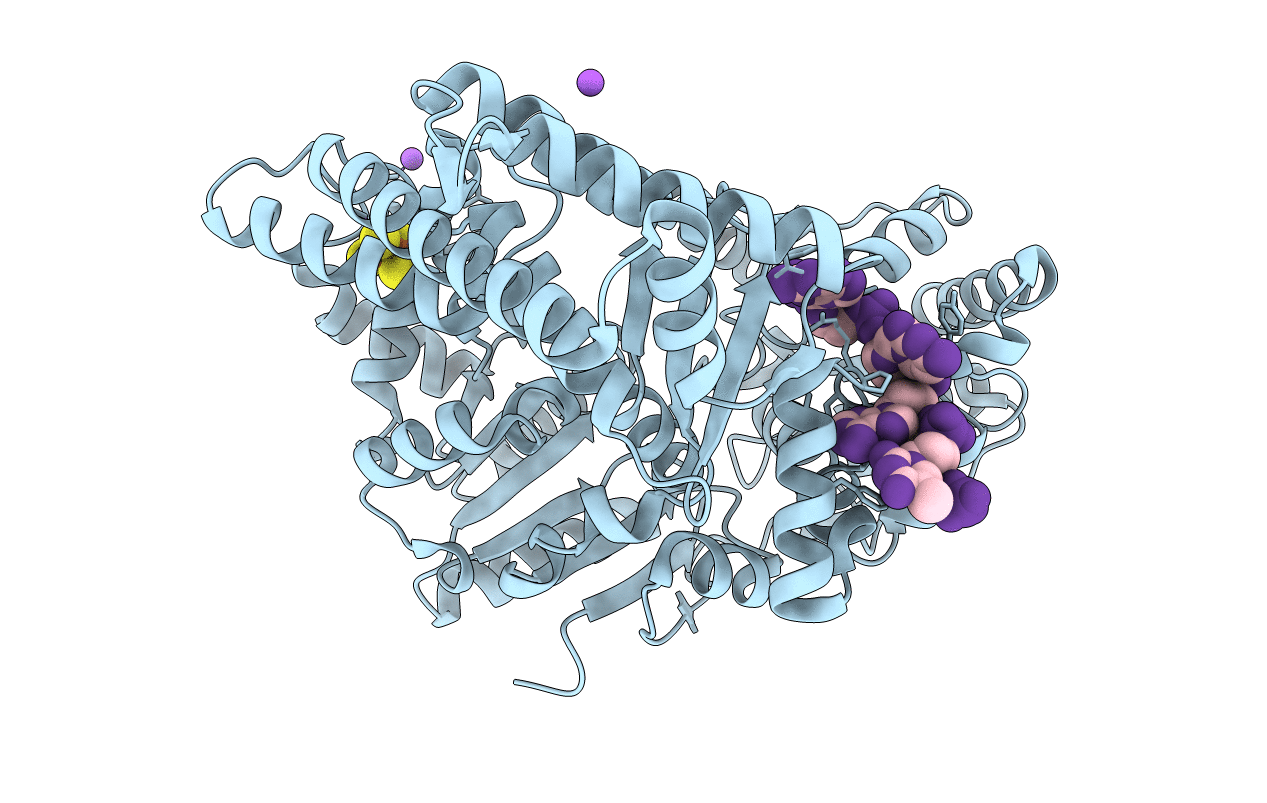
Deposition Date
2015-12-24
Release Date
2016-01-13
Last Version Date
2024-05-08
Entry Detail
Biological Source:
Source Organism:
Thermoplasma acidophilum (Taxon ID: 2303)
Escherichia coli (Taxon ID: 562)
Escherichia coli (Taxon ID: 562)
Host Organism:
Method Details:
Experimental Method:
Resolution:
2.20 Å
R-Value Free:
0.24
R-Value Work:
0.20
R-Value Observed:
0.20
Space Group:
P 65


